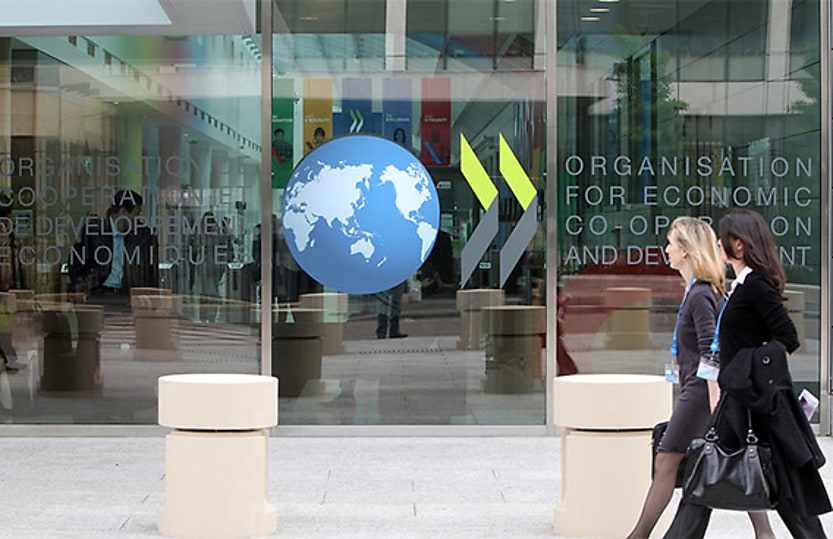Australians hit with biggest income tax increase in OECD

The 7.6 per cent spike in 2022-23, brought on by bracket creep and the end of LMITO, has affected low- and middle-income earners the most.
Australians shouldered the biggest increase to income tax rates in the developed world last financial year due to bracket creep and the end of the LMITO, according to a report from the OECD.
In FY 2022-23, Australia’s average income tax rates spiked by 7.6 per cent, the highest of all 38 OECD countries, according to the Paris-based agency’s Taxing Wages 2024 report.
Additionally, the “tax wedge” – the difference between what workers earn and what they are paid – increased 2.14 percentage points.
Only Australia and Luxembourg (1.39 points) recorded tax wedge increases greater than 1 point, with the OECD average at +0.13.
As a result, the average single worker without children paid $24,791 in income tax last year in Australia, or 24.9 per cent of their gross wage.
The 24.9 per cent average was the fourth-highest rate in the OECD, behind Denmark, Iceland and Belgium, and above the 15.4 per cent average.
The OECD attributed this change to the end of the LMITO and bracket creep.
“This was due to the cessation of a tax credit (the low and middle income tax offset, LMITO) and the fact that nominal earnings increased while earnings thresholds in the tax schedule remained the same in nominal terms,” the report said.
For single people on $67,000 a year – two-thirds of the average income – the tax burden increased 17 per cent from FY 2021-22. This meant workers in this bracket were paying 20.2 per cent of their wage in tax, the highest burden since the early 2000s.
But for people earning around $166,000 or 167 per cent of the average wage, the tax burden only increased by 0.1 per cent, lower than it was in 2015.
Despite the increase for low- and middle-income earners, Australia's “tax wedge” ranked 30th out of the OECD’s 38 member nations.
The highest tax wedge was observed in Belgium (52.7 per cent) and the lowest in Colombia (0.0 per cent). The OECD average was 34.8 per cent of labour costs.
Effective tax rates on labour incomes also rose in a majority of states, with the post-tax income of single workers earning the average wage declining in 21 out of 38 OECD countries.
“In the absence of automatic indexation of tax systems in many OECD countries, high inflation tends to increase workers’ tax liabilities by pushing them into higher tax brackets and erodes the value of the tax reliefs and cash benefits they receive,” the report said.
The figures, released on Thursday, come as the ABS recorded stronger-than-expected inflation for the March quarter, pushing back hopes of a rate cut until next year.
“Annually, the CPI rose 3.6 per cent to the March 2024 quarter. While prices continued to rise for most goods and services, annual CPI inflation was down from 4.1 per cent last quarter and has fallen from the peak of 7.8 per cent in December 2022,” the ABS said.
Economists have predicted this result may lead to the RBA resuming its tightening bias to get inflation within a target range of 2-3 per cent by June.
About the author

